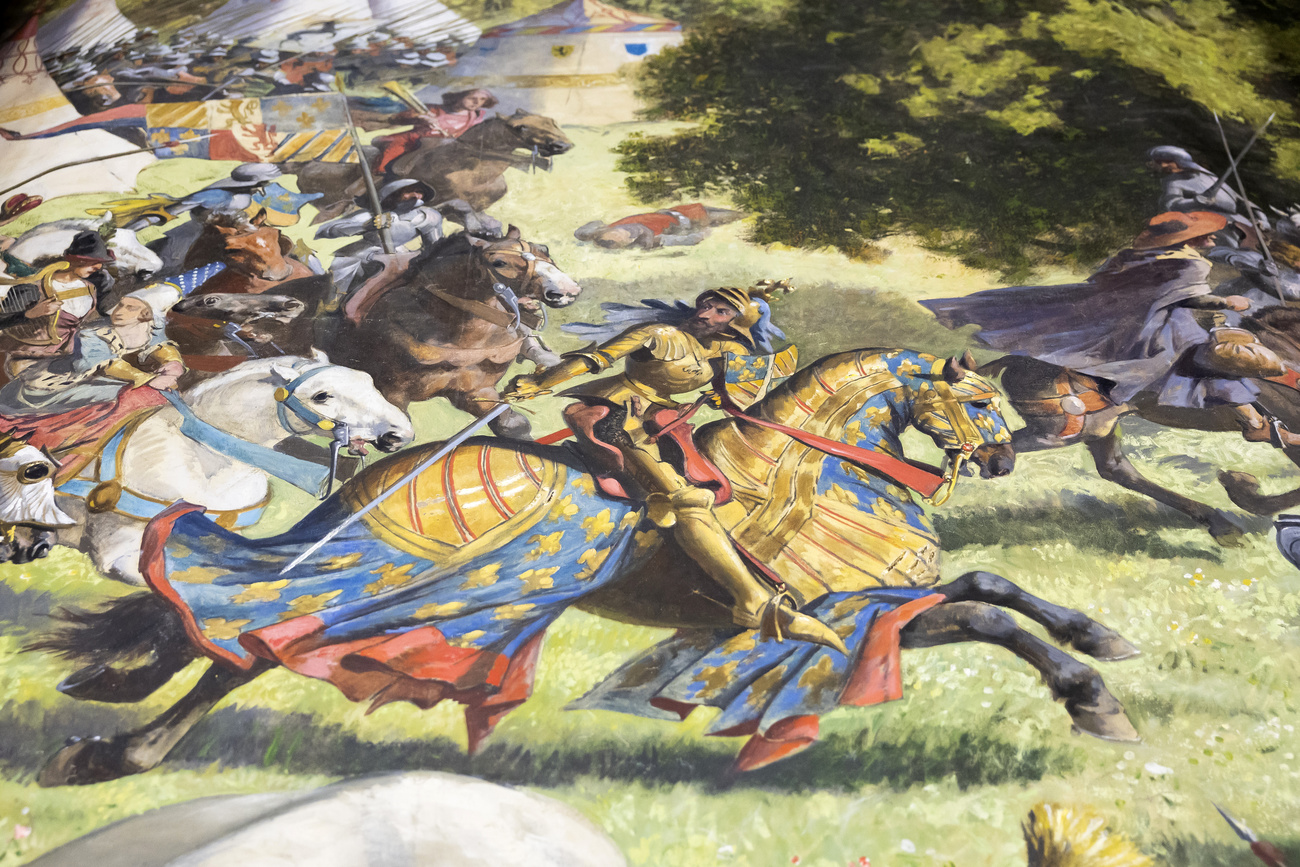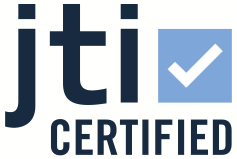
EPFL launches digitised version of Battle of Murten panorama

To mark the anniversary of the Battle of Murten on 22 June, 1476, the Federal Institute of Technology Lausanne (EPFL) has launched a website that offers the public an immersive experience of the huge panorama painting of the historic battle.
+ Get the most important news from Switzerland in your inbox
The EPFL’s Laboratory for Experimental Museology has digitised the huge circular painting, made in 1893, which is currently not accessible to the public.
The EPFL says it is the largest image of a physical object ever created at ultra-high resolution. The online platform provides access to the primary sources. The terapixel panorama features videos, 3D objects, motion recordings and a dynamic soundscape.

More
Swiss to create world’s biggest digitised artwork
The online platform, intended for the general public, has a multimodal narrative in which users can follow guided tours, navigate, observe and interact with the digital version of the panorama.
The online version is in three languages and has an audio description mode.
A series of exhibitions on the topic will also be held from August 2025 to May 2027, for example at the Museum für Gestaltung in Zurich, the Murtenmuseum in canton Fribourg, the Historisches Museum Bern and Grandson Castle in canton Vaud.

More
Group seeks home for historic Battle of Murten panorama painting
Search for an exhibition venue
The original circular painting by Louis Braun from 1894 measures 100 x 10 metres and weighs one and a half tonnes. Art and history fans have been seeking a location for the painting for many years.
During the 2002 national exhibition, the original version was exhibited in the floating cube on the Arteplage Murten. The installation was one of the most visited sites at Expo.02.
The panorama depicts the victory near Bern of the Swiss cantons over the Duke of Burgundy, “Charles the Bold”, in 1476.

More
Murten battles with its past
Translated from German with DeepL/sb
We select the most relevant news for an international audience and use automatic translation tools to translate them into English. A journalist then reviews the translation for clarity and accuracy before publication.
Providing you with automatically translated news gives us the time to write more in-depth articles. The news stories we select have been written and carefully fact-checked by an external editorial team from news agencies such as Bloomberg or Keystone.
If you have any questions about how we work, write to us at english@swissinfo.ch.

In compliance with the JTI standards
More: SWI swissinfo.ch certified by the Journalism Trust Initiative





























You can find an overview of ongoing debates with our journalists here . Please join us!
If you want to start a conversation about a topic raised in this article or want to report factual errors, email us at english@swissinfo.ch.